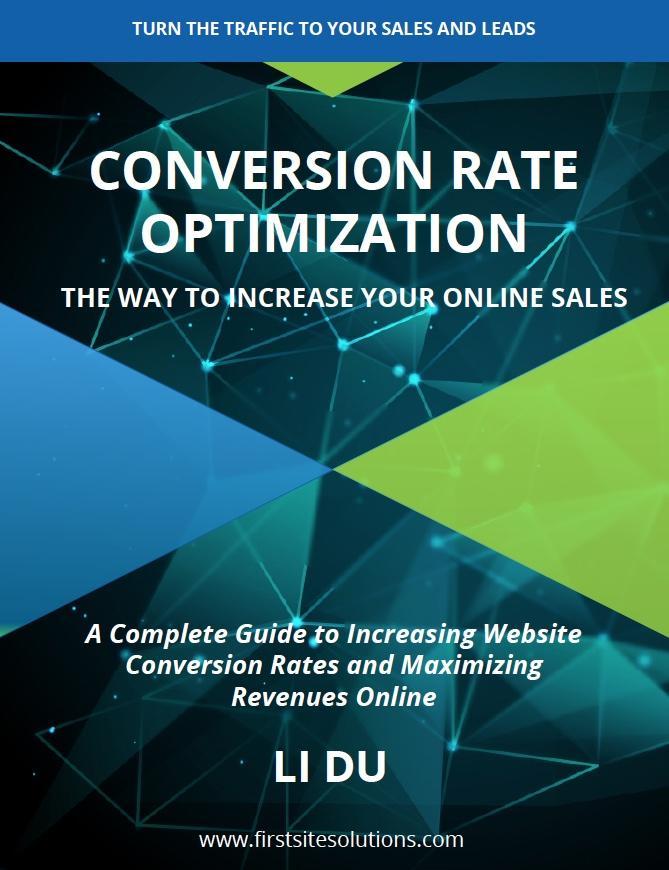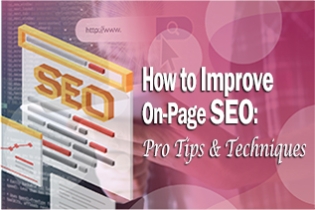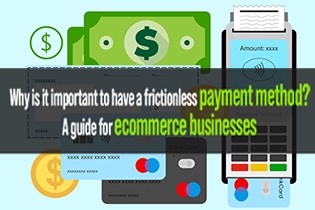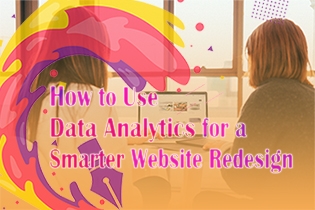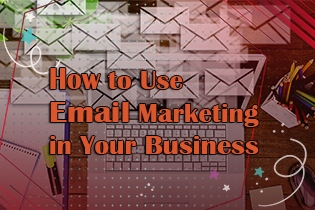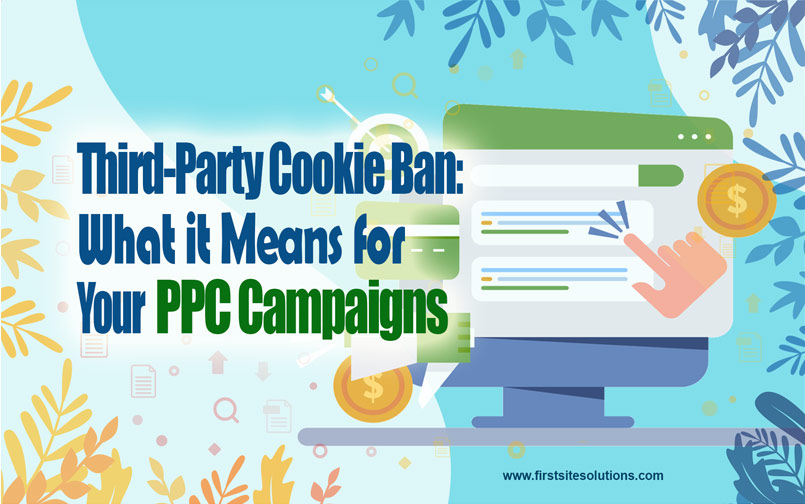
Google Chrome continues to dominate the browser market at 64.92% market share. People use it on at least one of their devices, making it an ideal platform for marketers to advertise and sell products.
As usual, Google is trying to change something big when it comes to online ads. More specifically, the way websites track our activity. The gist is that Chrome will no longer support third-party cookies, in addition, Google is going to put a new tracking scheme into Chrome called FLoC.
This can be a problem for PPC advertisers who rely solely on third-party data to drive their campaigns. However, well-structured PPC marketing campaigns may have an easier time adapting to this new system.
FLoC Strategy: What is It and Why is it Important?
FLoC or the Federated Learning of Cohorts is Google’s tracking technology, which has been in the works for years now as part of the Privacy Sandbox Initiative.
What differentiates FLoC from the usual third-party cookie tracking system is that it groups users into categories so that a user is not tracked as an individual but as a part of a cohort. By default, Chrome will track a user’s browsing habits, and once it gathers behavioral data (e.g., a person’s interests, sites visited, or articles read), the browser will then put the person in a group with other users sharing the same interest. Each cohort will get an ID number that is then shared with third-party advertisers.
Third-party cookies are from sites other than the one the user is on. Advertisers consider this as a useful tool to serve users with their ads. But because it became easy for websites and advertisers to identify individual users through these third-party cookies, it became a security and privacy concern.
The growing privacy concerns from users across the globe led to Google’s decision to phase out third-party cookies starting in mid-2023. The goal is for FLoC to prevent advertisers from discovering sensitive personal data or information by forcing advertisers to target a whole cohort at once rather than just one consumer.
Mozilla and Apple have already taken the step to stop third-party tracking a long time ago.
Why is Google Joining the Movement?
First, eliminating third-party cookies enhances the user experience. Users can visit pages with ease, free from getting tracked by random websites. Users will also see fewer ads and will have peace of mind that their personal data is protected.
Second, the legal factors. Legislations like the GDPR would likely require accountability for extracting and using user data. Phasing out third-party cookies is a move that will potentially exclude or minimize future issues when it comes to marketing and legal factors.
Google’s FLoC is still being developed, but there’s a bunch of different conversions, attribution, and learning cohorts that Google has made available for the marketing industry and publishers to review.
How Will a Cookieless Future Affect Your PPC Campaigns?

If you’re a company that uses large quantities of third-party data for your PPC advertising efforts, you must change your strategy.
Two main areas that will mostly be affected are: remarketing initiatives and vanity domains.
It would change the game for remarketing strategies since most PPC marketing strategies rely heavily on third-party cookies to tag a visitor when they land on a page. You can think of this as “stalking” the user since they will most likely have nothing to do with that product or brand. The majority of users will land on a page that the ad is active on and they will automatically get tracked without even clicking an ad.
It would be preferable to create a better user experience with users who choose to engage with your brand.
You can combat this by diversifying your internet marketing strategy. Pay attention to other search engines and digital advertising platforms. You can focus on driving organic traffic through search engine optimization, it will require some work but it’s one of the most profitable strategies in the market.
As for vanity domains, they need to go. Some marketers use vanity domains to attract visitors and then transport them to another domain, or the original domain. An example would be if a business targets multiple countries, then that business may have created different country domains to enhance its visibility in that location. There is now a five-domain limit rule. If you have more than five vanity domains, you’ll have to let go of the others or risk account suspension.
Preparing for a Cookieless Future
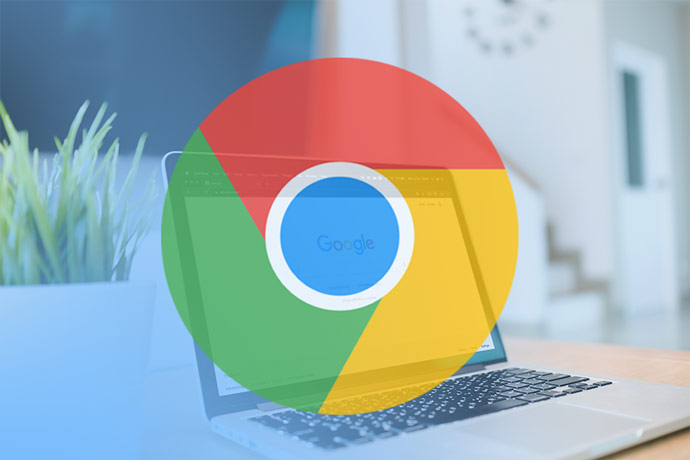
Technology has advanced greatly, allowing for more creative ways to reach and engage users around the world without relying on third-party cookies.
Here are some tactics you can use to target potential customers.
Conversational Marketing
Conversational marketing uses automated conversations between your brand and your users. This alternative to data collection through third-party cookies relies on conversational assistants, like chatbots to drive awareness, consideration, and eventually purchase.
You’re leveraging one-time questions to engage users to buy or, if they aren’t ready yet, to save buyer information for retargeting.
Here are some platforms where you can use conversational marketing:
- Chatbots
- Email marketing
- Landing pages
- Forms
- FAQs
- Voice apps
- Messaging apps
A good example would be if a user lands on your website and a chatbot automatically greets them with: “Welcome, what can I help you with today?” This can also be implemented in apps like Facebook Messenger where you can take care of existing clients or help nurture leads.
Email Retargeting
Using email retargeting is another smart way to prepare for a cookieless future. You’re leveraging first-party cookies, which means using the data that users entrusted you with and that you own.
Email remarketing or retargeting is one of the most effective ways to close a sale because you’re already targeting users who are interested or have shown interest in what you’re offering.
How to run an email retargeting campaign:
- Understand your customer data
First, you have to dive into your email list and understand your customer data. Who are these users and why are they not buying? What will get them to buy?
Manage your email list and screen out customers who have already purchased from you, unless you’re doing some up-selling.
- Set your goals
Determining your goals will allow you to visualize what you need to do and help you set specific steps. Be specific as possible. Avoid writing down things like “increase sales.” Instead, go for something like “increase traffic by 25% at the end of the year.”
- Create email template
Create an email sequence for each goal or for each initiative. Each sequence will be composed of a number of email templates. Ideally, you would want to have three templates for each sequence.
An email marketing tool like GetVero or MailChimp can help save you time and ensure emails are sent as efficiently as possible. These tools also have analytics and reporting tools that can get you accurate data to help you adjust and tweak your campaign.
- Monitor your progress
Data is important in letting you know if your campaign is effective. Always set time to analyze reports. This will let you know which emails are working and which ones should be improved.
Contextual Advertising
Contextual advertising is a type of targeting that uses keywords and content to match ads instead of user data and behavior. The ads are placed based on the content of those pages.
For example, a user is reading a page about fashion tips, there could be ads on the page related to fashion and other products. The ads will appear where the user currently is, instead of tracking the user’s behavior and having the ad appear on a random page just because the user is visiting that page.
Check Google Ads to learn more about how to use contextual targeting to enhance your internet marketing campaign.
With the phasing out of third-party cookies, it’s time to look into strategies on how to collect first-party data directly from your target users. The tactics above as well as strengthening your SEO initiatives are effective additions that will strengthen your PPC marketing efforts.
The bright side is that first-party data is more helpful and valuable. It’s more detailed, it’s exclusively yours to use, and you’re certain that you have the user’s trust.
Takeaways
Advertisers and marketers have ample time to adjust and recalibrate since it will take another 2 years for Google to complete this rollout.
To recap:
- Third-party cookies are going to be phased out.
- It will greatly affect your PPC campaigns if you rely on third-party data.
- There is still time to ensure that your strategy is recalibrated and revamped to suit this coming change.
- It’s time to leverage first-party data, which is more valuable, more exclusive to your use, and more accurate.
- Invest in new strategies and tools that will prepare you for the future of advertising.
The digital marketing landscape is ever-changing. Adapt to trends and changes to provide the best user experience for your customers. With a cookieless future in the works, techniques that focus on user privacy and security will help your business grow amid the new normal.



